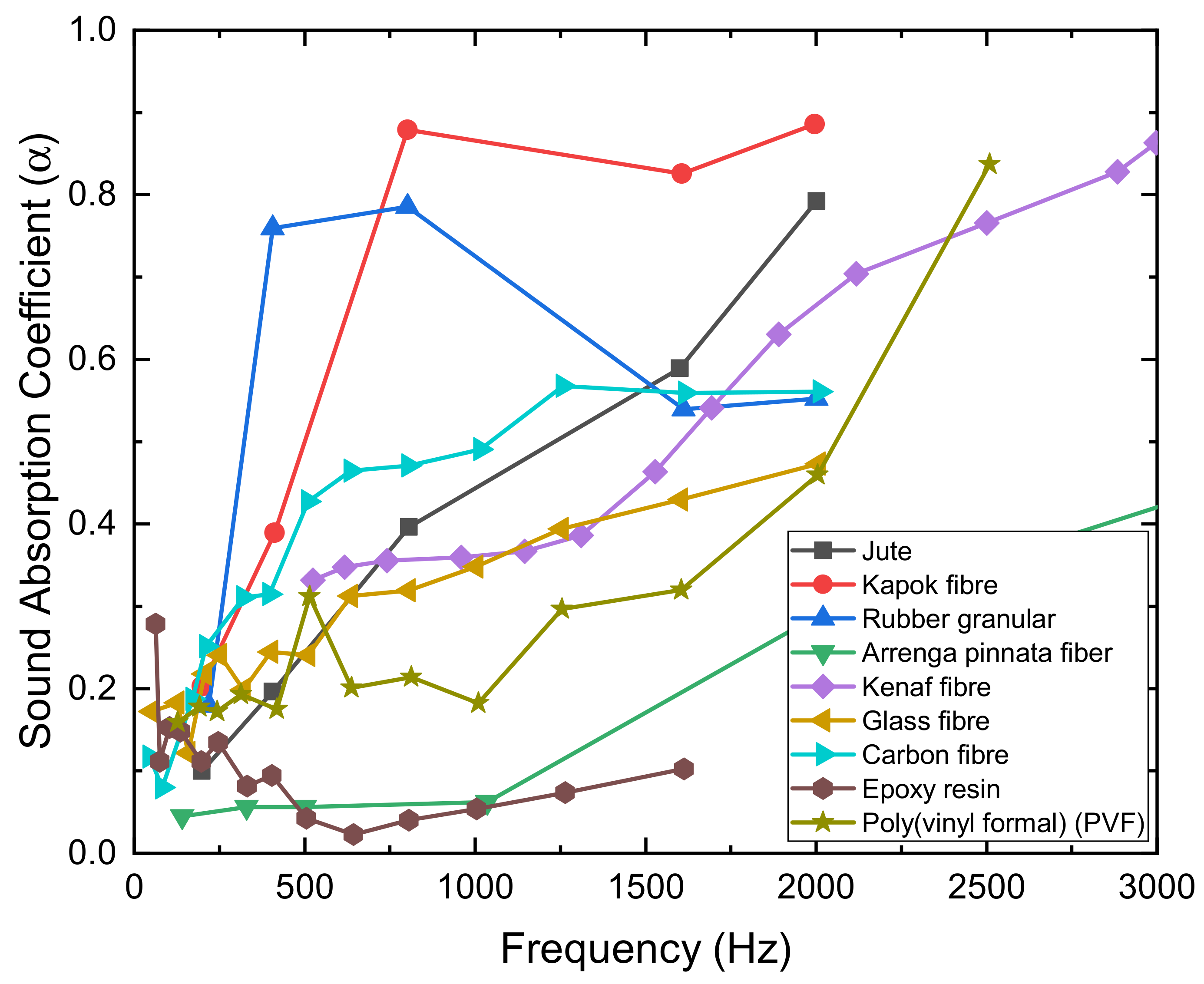Aluminium rigid frame porous material ceramics and polymers.
Acoustic attenuation of porous ceramics.
For inhomogeneous media besides media viscosity acoustic scattering is another main reason for removal of acoustic energy.
By introducing pores of different volume fractions and various sizes into the.
After choose the appropriate type of passive noise control we have to characterize it find the best model and parameters and optimize it according to the application.
The invention is directed to a porous acoustic attenuating composition wherein the composition comprises a nanostructured material and wherein the composition exhibits acoustic transmission loss ranging from 20 to 60 db cm thickness of the composition.
Moreover issues of cau sality and pulse propagation in porous materials which have to be handled in the time domain are not readily addressed within the pseudo harmonic framework of the biot stoll theory.
Acoustic attenuation is a measure of the energy loss of sound propagation in media.
Characteristic attenuation exhibited by granular materials over an extended frequency range.
Most media have viscosity and are therefore not ideal media when sound propagates in such media there is always thermal consumption of energy caused by viscosity.
The samples have been prepared by t.
Rigid frame porous material acoustic attenuation on compressor discharge.

